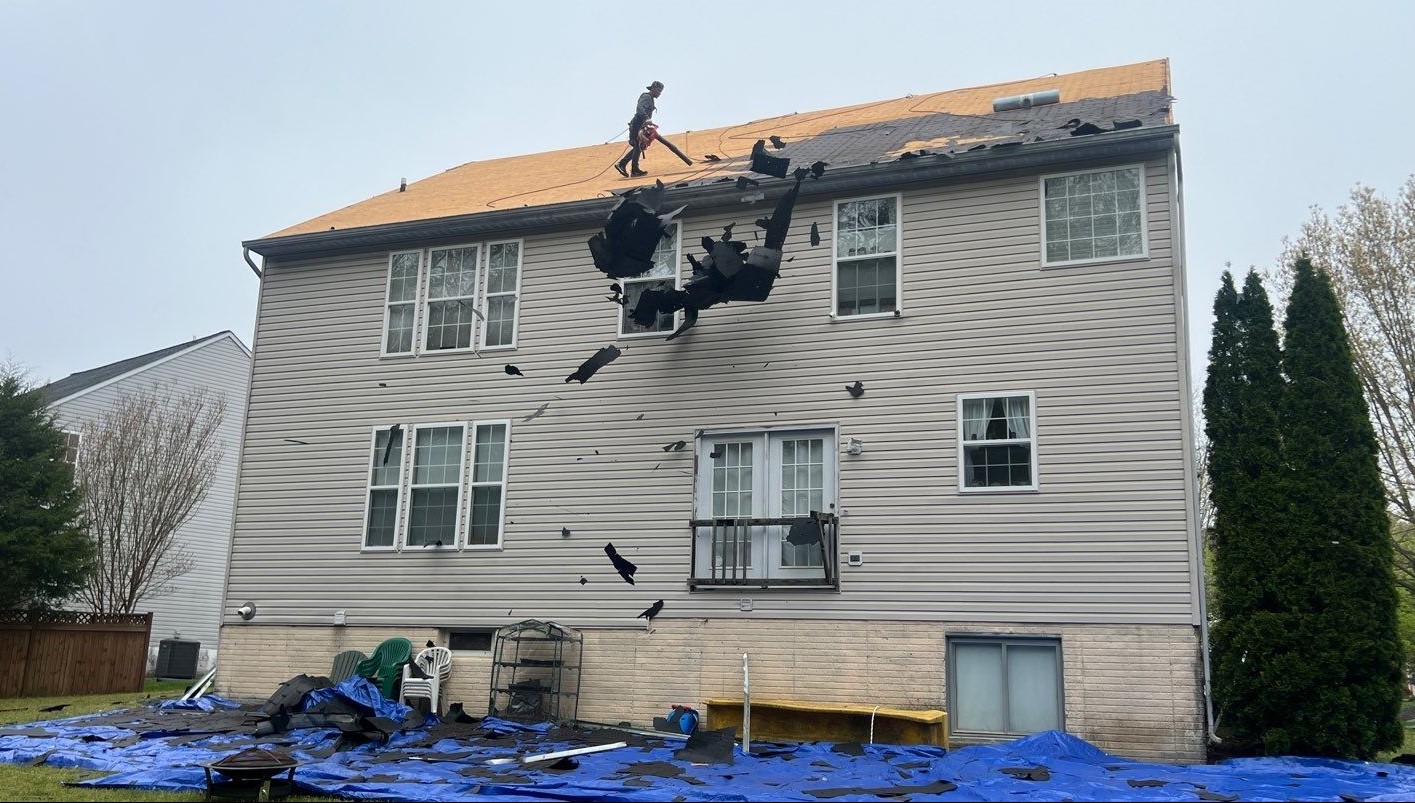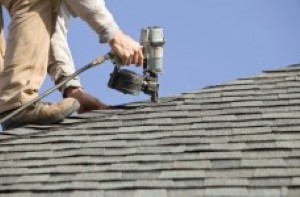Oahu Roofing: Comprehensive Roofing Solutions in the Oahu Location
Oahu Roofing: Comprehensive Roofing Solutions in the Oahu Location
Blog Article
Understanding the Different Types of Roofings: A Comprehensive Overview for Homeowners
With an array of alternatives-- varying from the conventional gable to the contemporary level-- each kind presents unique benefits and difficulties that should straighten with the home owner's certain needs and ecological considerations. As we check out the complexities of various roof types, it becomes noticeable that one size does not fit all; the right option may stun you.
Gable Roofings
Saddleback roofs, identified by their triangular shape, are amongst the most preferred roofing designs due to their simpleness and effectiveness in dropping water and snow. This layout features 2 sloping sides that meet at a ridge, permitting reliable drain and decreasing the risk of water buildup. The steep pitch generally related to saddleback roofs enhances their capability to take care of heavy rainfall, making them ideal for various climates.
In enhancement to their practical benefits, saddleback roofs offer aesthetic convenience. They can be adapted to different building designs, from traditional to modern homes. The style can additionally suit additional functions such as dormer home windows, which boost all-natural light and ventilation in the attic area.
Additionally, saddleback roofs provide sufficient area for insulation, adding to power performance. Property owners can select from a range of roof covering products, consisting of asphalt tiles, steel, and tiles, further enhancing personalization choices.
In spite of their advantages, saddleback roofs may need added support in areas vulnerable to high winds or heavy snowfall. On the whole, the gable roof covering remains a preferred option because of its blend of functionality, sturdiness, and aesthetic charm.
Flat Roofs
Flat roofs are frequently recognized for their minimalist layout and sensible applications, especially in industrial and business setups (oahu roofing). These roofings feature a horizontal or virtually straight surface, which permits easy building and construction and flexible space utilization. While they might do not have the aesthetic allure of angled roofs, flat roofs supply many advantages, especially in metropolitan settings where maximizing space is essential
One of the key advantages of flat roofing systems is their accessibility. Property owners can use the roof covering space for numerous functions, such as rooftop yards, balconies, or solar panel installments. In addition, flat roofings are normally more affordable to install and maintain contrasted to their sloped counterparts, as they require less materials and labor.
However, flat roofs do existing particular obstacles. Appropriate water drainage is important to stop water pooling, which can result in leakages and architectural damages. For this reason, selecting high-quality waterproofing products and routine assessments are vital for making sure longevity. Usual materials used for flat roof coverings include built-up roofing (BUR), changed bitumen, and single-ply membrane layers, each offering unique advantages. On the whole, level roofs function as a useful and adaptable option for many home owners and companies alike.
Hip Roofs
Hip roofs are identified by their sloped sides that merge at the top, developing a ridge. This style stands out from saddleback roofs, as all four sides of a hip roofing system incline downwards toward the walls, giving a more steady structure. The angle of the slopes can vary, allowing for flexibility in architectural aesthetics and functionality.
One of the key benefits of hip roofing systems is their capability to endure heavy winds and unfavorable weather. The sloped surfaces allow far better water drain, reducing the danger of leakages and water damage. Furthermore, hip roofs provide enhanced attic space, which can be used for storage or perhaps transformed right into comfortable locations.
Nevertheless, creating a hip roof can be more pricey and complex than easier roofing kinds, such as saddleback roofs. The additional material and labor associated with developing the inclines and making sure appropriate structural stability can result in higher expenditures. Regardless of these downsides, several home owners prefer hip roofings for their sturdiness, aesthetic appeal, and capacity for power performance.
Mansard Roofings
Mansard roofs, frequently recognized by their one-of-a-kind four-sided style, attribute two slopes on each side, with the lower incline being steeper than the upper. This building style, originating from France in the 17th century, is not only cosmetically attractive however useful, as it makes the most of the functional room in the top floors of a structure. The steep reduced incline allows for even more headroom, making it an ideal option for attic rooms or loft spaces, which can be exchanged living areas.
Mansard roof coverings are identified by their versatility, accommodating numerous architectural styles, from typical to modern. They can be constructed with various materials, advice consisting of asphalt shingles, slate, or metal, providing property owners with a range of choices to suit their budget plans and preferences. Furthermore, the layout permits the combination of dormer windows, enhancing natural light and ventilation in the top degrees.
Nonetheless, it is important to think about the possible drawbacks. Mansard roofings may need more maintenance due to the complexity of their style, and their steep slopes can be challenging for snow and rain runoff. Overall, mansard roofings combine sophistication with functionality, making them a prominent option among home owners looking for unique building features.
Shed Roofing Systems
As house owners progressively seek simpleness and performance in their building designs, dropped roofs have arised as a popular option. Defined by a single sloping plane, a shed roof offers a minimalist visual that matches various home styles, from contemporary to rustic.
One of the main advantages of a shed roof is its uncomplicated building and construction, which typically translates to lower labor and product prices. This style enables efficient water drainage, lowering the danger of leaks and water damages. In addition, the vertical incline provides sufficient room for skylights, boosting natural light within the interior.
Dropped roofs likewise supply adaptability in terms of use. They can be properly integrated into enhancements, garages, or exterior frameworks like sheds and pavilions. In addition, this roofing system style can suit different roofing products, consisting of metal, asphalt roof shingles, or also green roofings, lining up with environmentally friendly initiatives.
Nonetheless, it is necessary to consider regional climate problems, as heavy snow loads might necessitate changes to the roofing system's angle or framework. In general, dropped roofs present a useful and aesthetically pleasing choice for property owners aiming to optimize functionality without jeopardizing style.
Verdict


Gable roofing systems, defined by their triangular form, are among the most popular roof covering designs due Read More Here to their simpleness and performance in dropping water and snow. oahu roofing. The steep pitch frequently connected with gable roofing systems improves their capability to take care of heavy precipitation, making them ideal for different environments
While they may lack the visual allure of pitched roofings, flat roofings supply countless advantages, especially in urban environments where maximizing space is essential.

Report this page